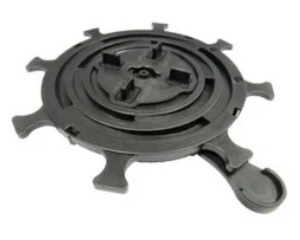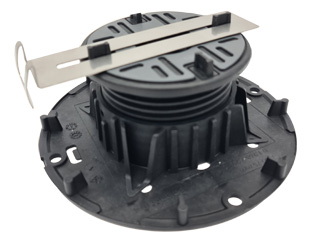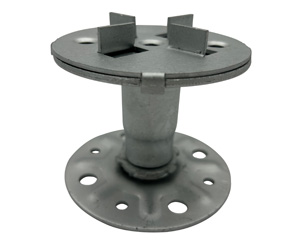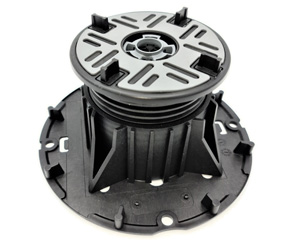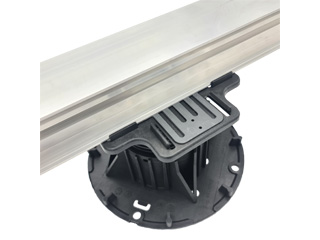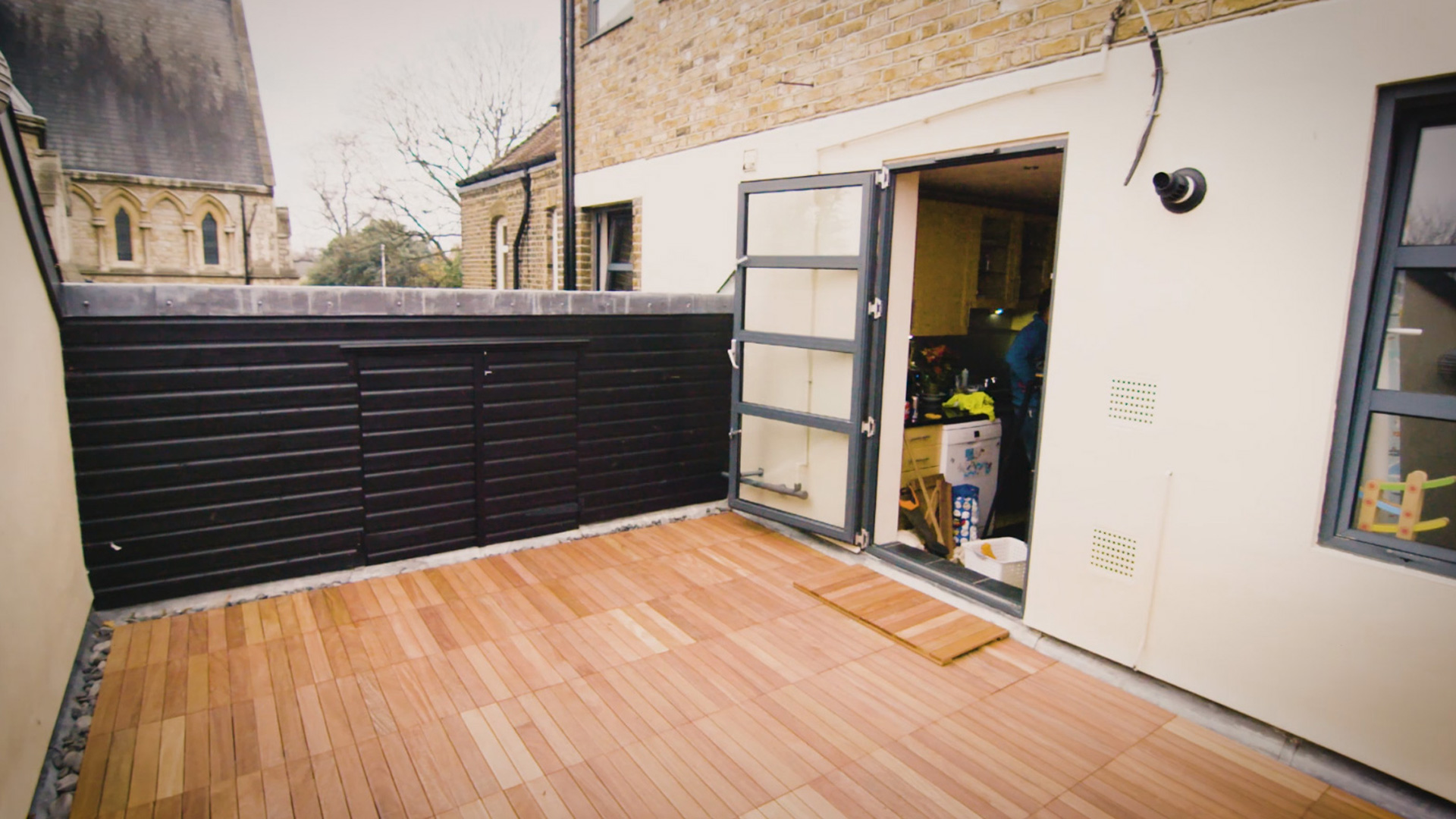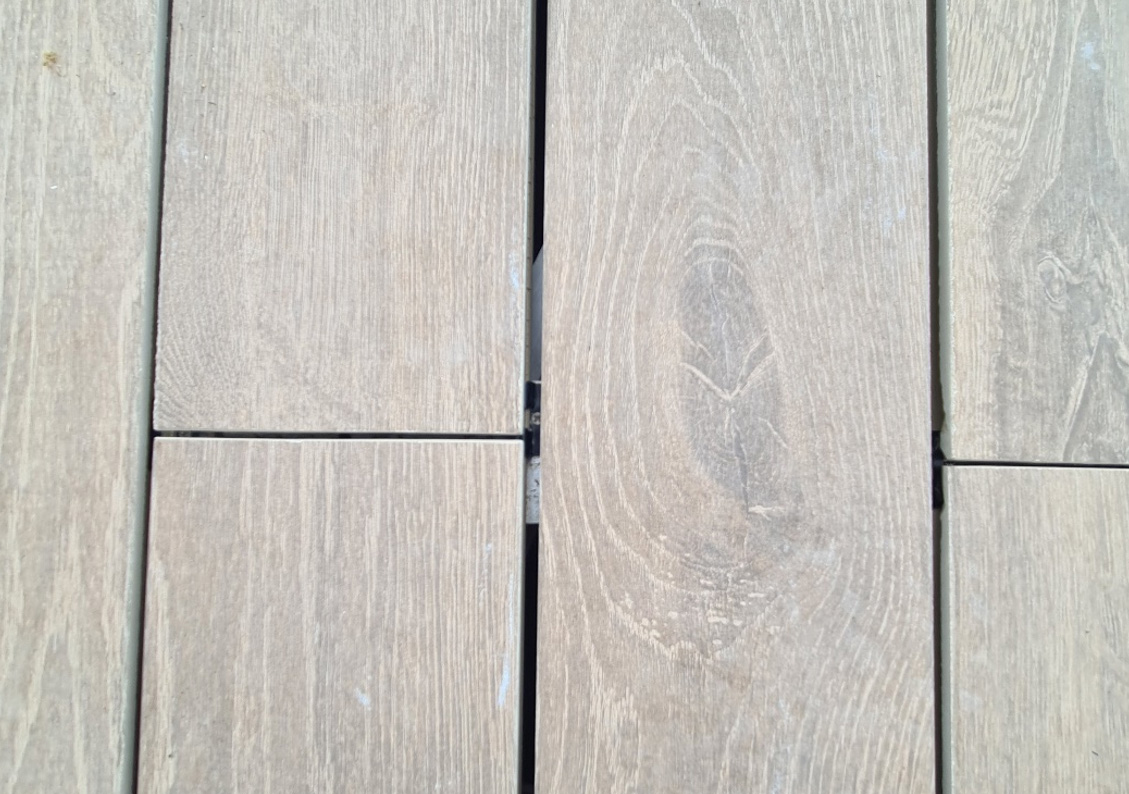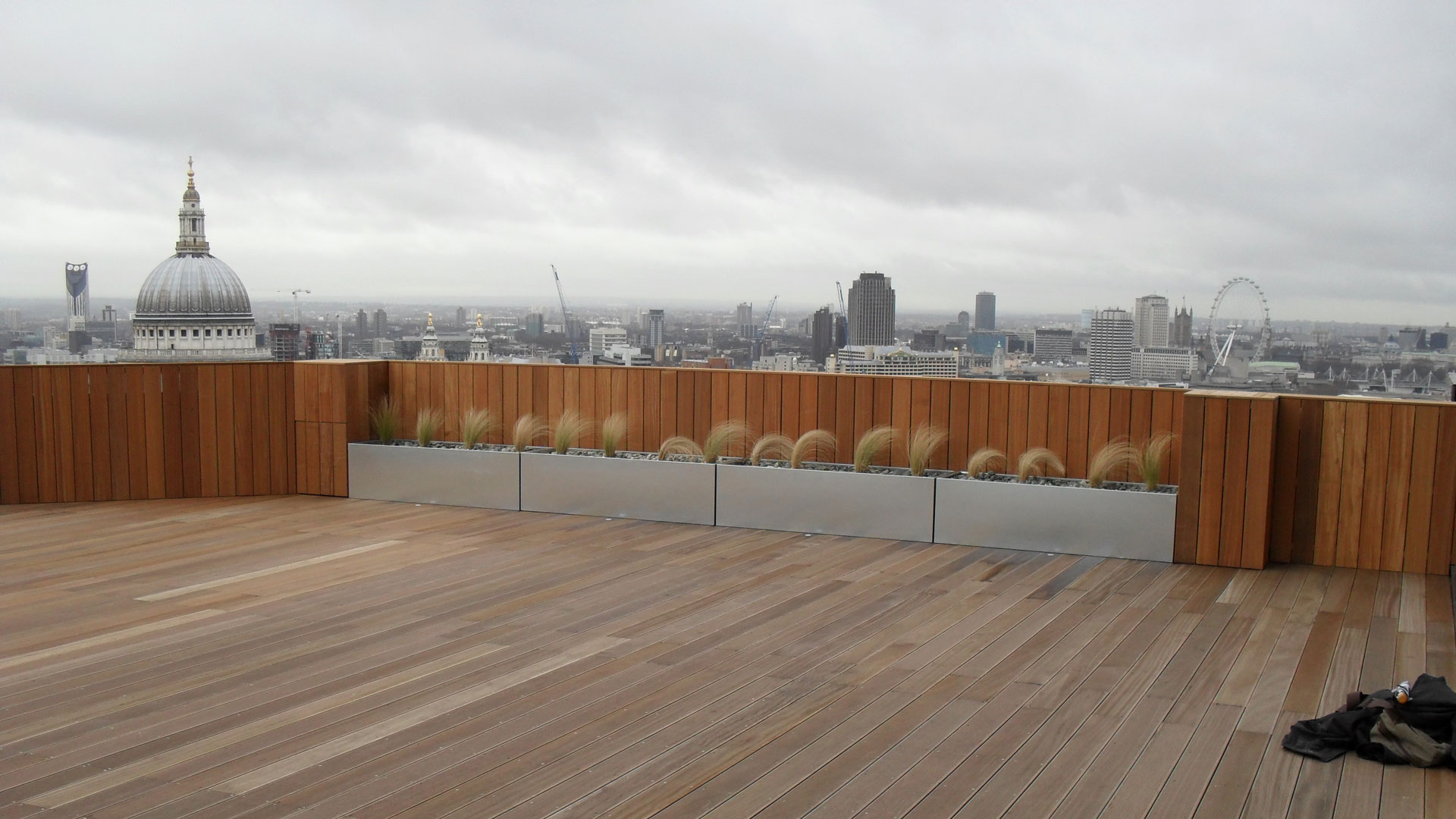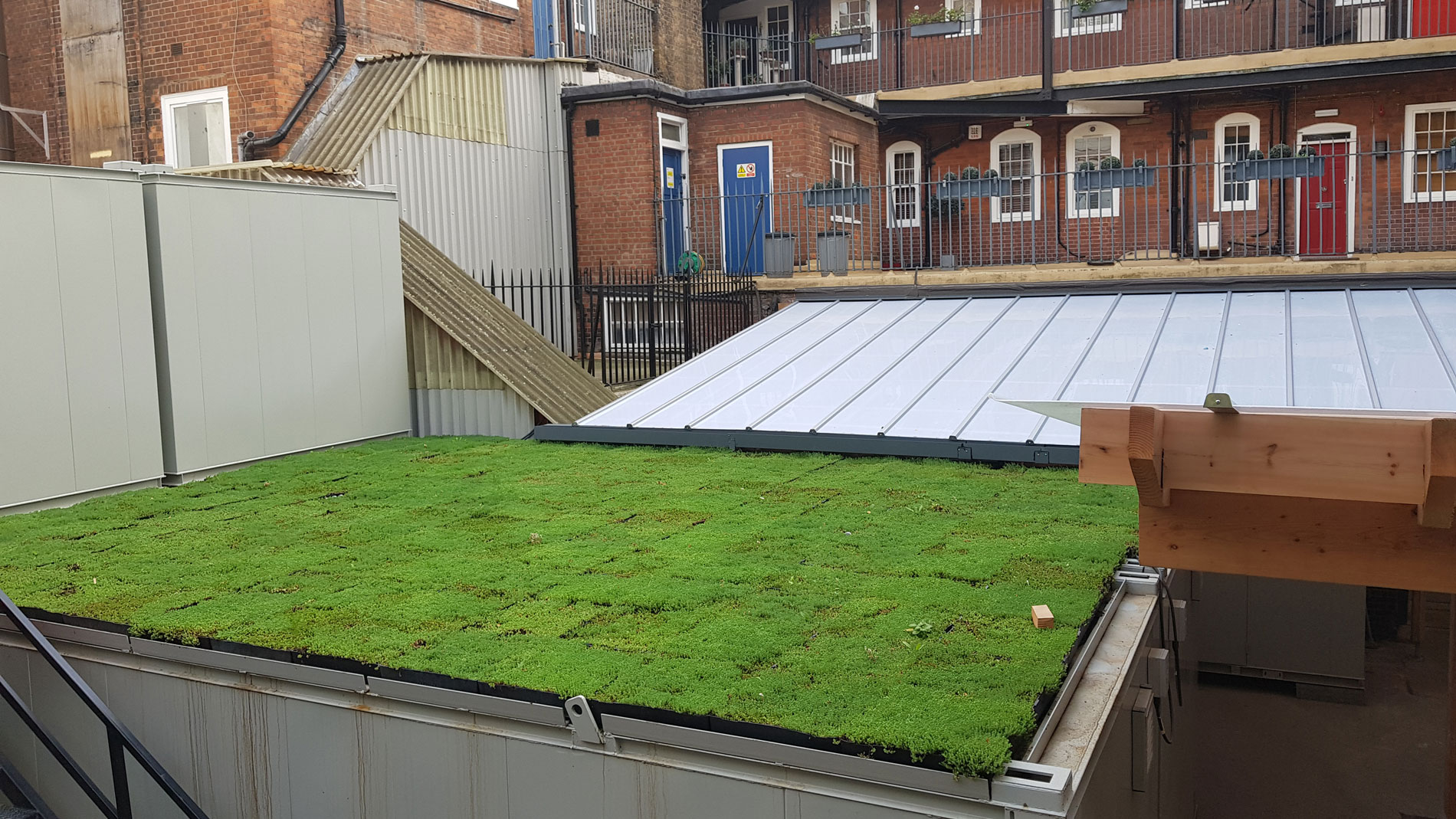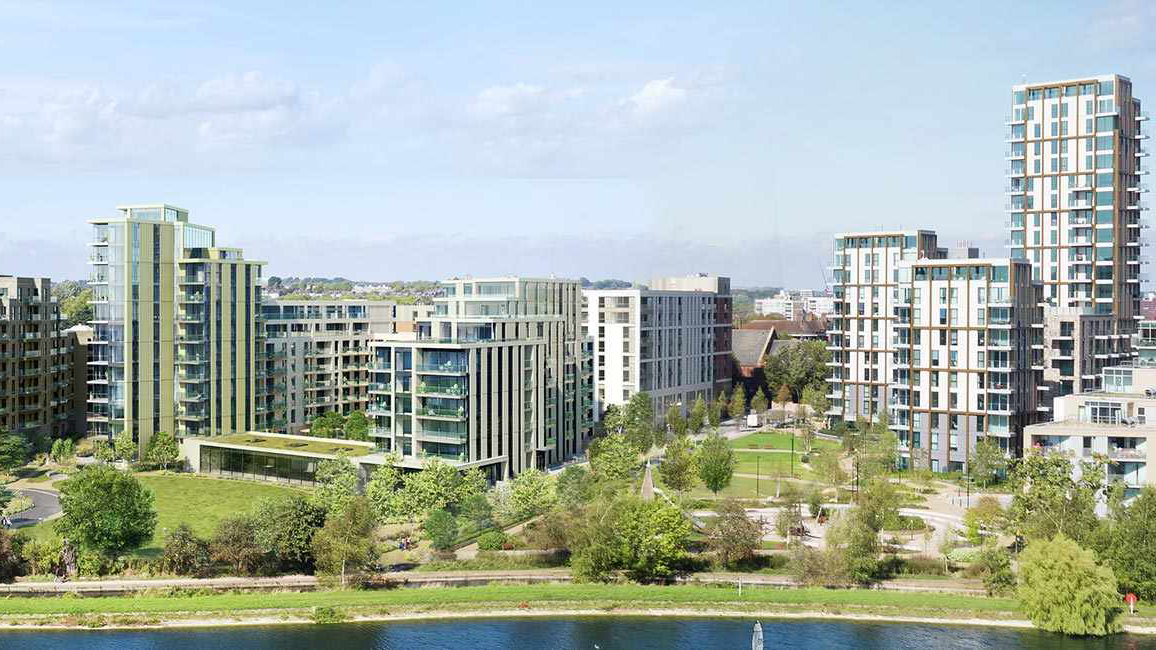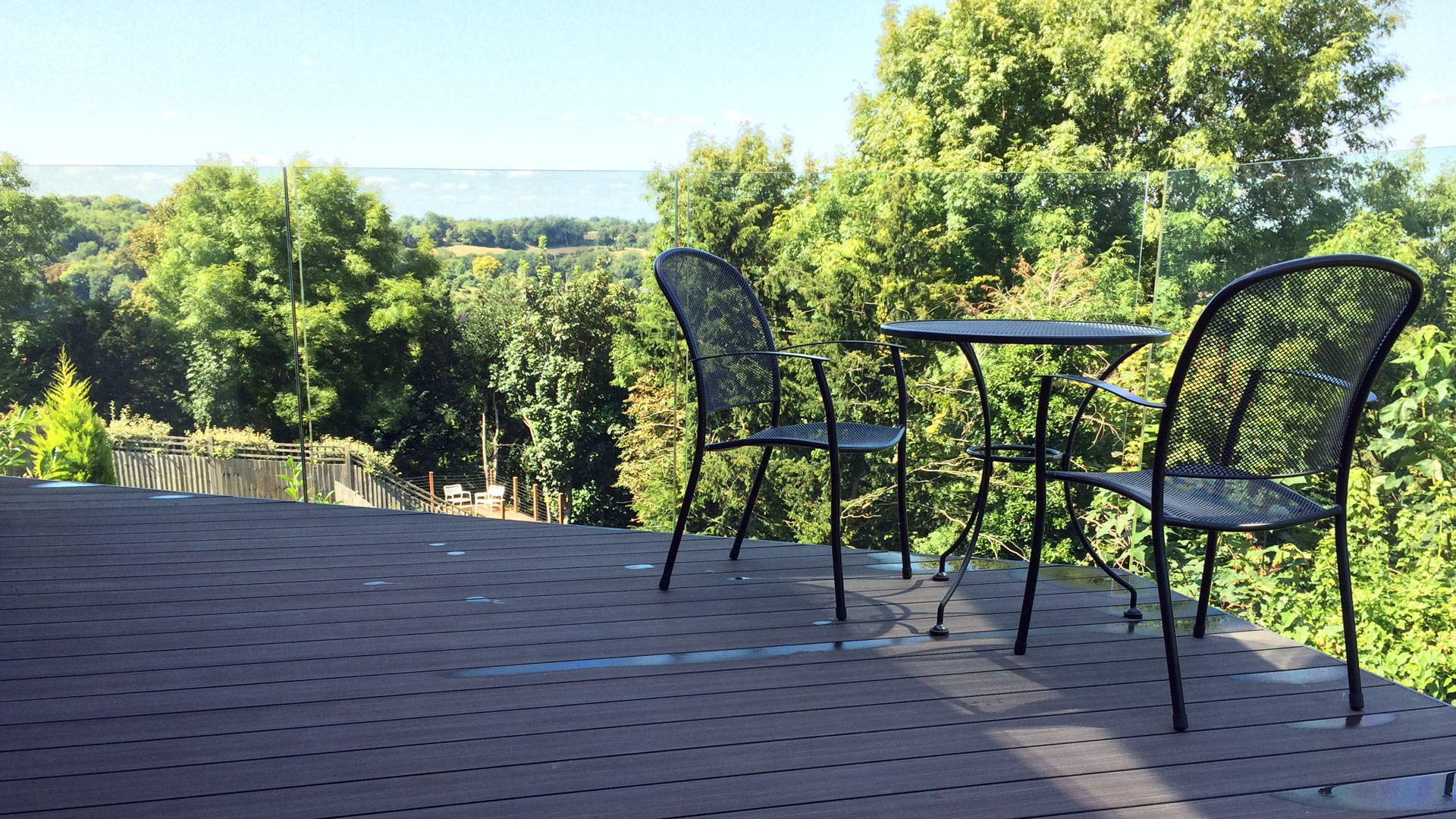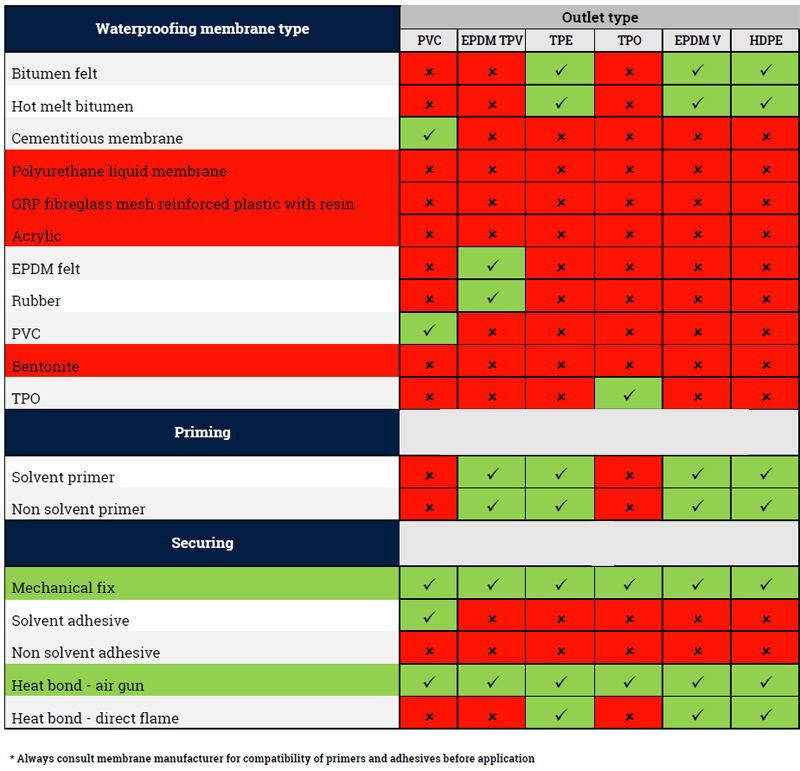There’s no denying it, biodiversity is in vogue. The age of lawns and monocultures is crumbling before a wave of pollinator gardens, native plant sanctuaries, and other green infrastructure projects. Horticultural trends are keeping pace with these new ways of thinking and moving towards increasingly naturalistic and ecologically driven designs. Biodiversity in urban areas is of particular concern due to the increasing rate of urban expansion. Cities occupy about 3 per cent of the Earth’s surface and are the most rapidly expanding habitat type on the planet (Grimm et al 2008). This expansion of urban human development has come with species loss at every level, from arthropods to mammals and is considered a leading cause of species extinction (Czech et al 2000). Importantly, urban areas are also where over half of the human population now resides and over two-thirds is projected to live by mid-century. This means that the important work of promoting and restoring biodiversity in urban areas will also benefit human health and wellbeing.
Surprisingly, urbanization can be both a boon and a curse for biodiversity. The overall number of plant species (species richness) often increases, primarily due to the introduction of nonnative species for ornamental use, whereas mammals, birds, and arthropods see a general decline in the number of unique species (Faeth et al 2011). Although there are often greater numbers of plant species in urban areas than surrounding natural habitats, the abundance of native species is reduced and replaced by a suite of adaptable plant species common to cities around the world, a phenomenon known as biotic homogenization (McKinney 2006). Since vegetation dictates the richness of the rest of the biological community, it’s no surprise that these habitats support fewer types of animals. But, vegetation – as opposed to animal and insect life- also happens to be the thing that humans have the most control over, meaning we have the opportunity to influence the larger scope of biodiversity in urban landscapes.
Thoughtful green infrastructure projects, including green roofs and living walls, are one important strategy to provide crucial habitat in cities. Research has shown that green infrastructure nearly always supports a great array of species compared to the conventional alternative and can even have similar biodiversity value compared to natural analogs (Fillazola et al 2019). Green roofs in particular are certainly a vast improvement over asphalt roofs and allow for the installation of green space in densely built areas where large ground level installations are often not possible.
Still, it’s important to remember that biodiversity is a complex subject and doesn’t always fit our human aesthetic values. For example, brownfield sites – abandoned industrial sites or previously developed land – although generally thought of as eyesores, are increasingly recognized for their biodiversity value too and, in some cases, are even conservation targets (Hunter 2014). Therefore, a thoughtful approach to development and redevelopment must be taken, balancing human needs with biodiversity conservation. Even with a greater number of green interventions being applied in urban areas, it remains difficult to know whether the perceived biodiversity we see in cities actually translates to higher species counts and overall ecological health. Although many specifics vary by region and climate, there are several basic things to consider when designing for biodiversity on green roofs and other green infrastructure.
For more information, please click here.
